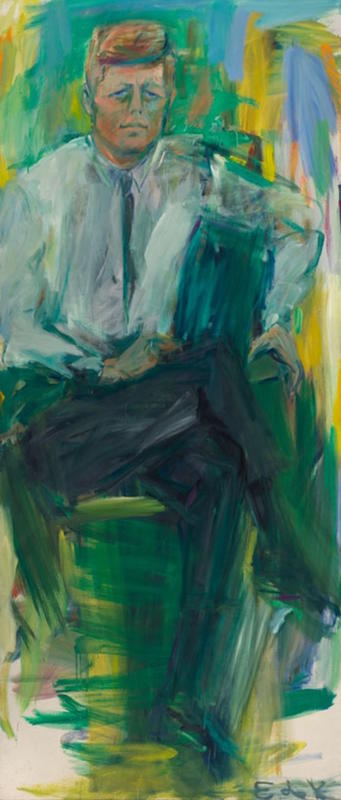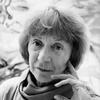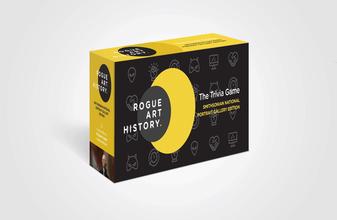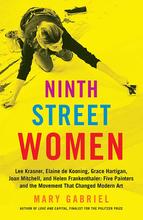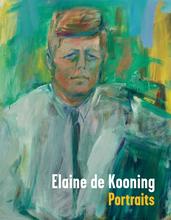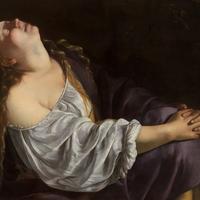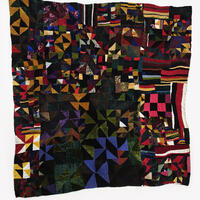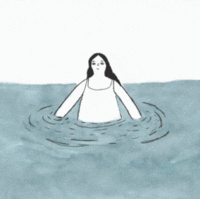More about John F. Kennedy
- All
- Info
- Shop
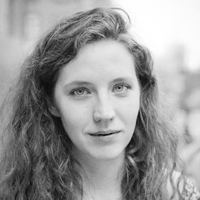
Contributor
In late 1962, Elaine de Kooning’s gallerist got word from the White House that President Kennedy had deemed de Kooning an “acceptable” artist, one worthy of painting his portrait.
She had beaten out painters Thomas Hart Benton and Charles Banks Wilson for the commission. Perhaps this was because Kennedy didn’t trust men with monosyllabic middle names, or mustaches. Maybe he was a secret champion of women artists. Most likely de Kooning’s painting was just much better than the competition’s. In any case, she was invited to spend two weeks at the Kennedys’ Palm Beach compound in order to undertake the simple task of artistically depicting the leader of the free world.
When she arrived in Florida, Kennedy’s presidential presence made a big impression on the painter. Most arresting were “his incredible eyes with large violet irises half veiled by the jutting bone beneath the eyebrows.” Oh, my.
One of the reasons de Kooning was commissioned was that she could complete a life-size portrait in one sitting. She found that working swiftly allowed her to tap into a spontaneous and gestural style of portraiture. Ironically, she could only successfully achieve this effect if her sitter sat absolutely still. Kennedy wasn’t about to make her job easy with his “extreme restlessness.” During their sessions, the president “read papers, talked on the phone, jotted down notes, crossed and uncrossed his legs, shifted from one arm of the chair to another, always in action at rest.” Fair enough, since he was probably kind of busy. For two weeks, de Kooning was a fly on the wall in Kennedy’s life. She would sit in on Kennedy’s personal time, conferences and briefings. From a discreet perch (sometimes atop a 6-foot ladder), she familiarized herself with Kennedy’s stature, mannerisms and face. We’ll never know all the juicy intel she must have soaked up.
When their sittings were through, de Kooning took her sketches and paintings back to her New York studio, and continued to refine the massive 4’x8’ portrait throughout the year. She was still working on it in November when she learned that Kennedy had been assassinated. De Kooning was so emotionally impacted by the national tragedy that it took her months to return to and complete the painting.
Sources
- Amy Pastan, “Elaine de Kooning’s JFK,” National Portrait Gallery, March 13, 2015. http://npg.si.edu/blog/elaine-de-koonings-jfk
- Elaine de Kooning, “Painting a Portrait of the President,” ARTnews, April 10, 2015. http://www.artnews.com/2015/04/10/a-president-seen-from-every-angle-ela…
- Tim Keane, “Recurring Waves of Arrival: Elaine de Kooning’s Portraits, from Loft Dwellers to JFK,” Hyperallergic, April 11, 2015. http://hyperallergic.com/197744/recurring-waves-of-arrival-elaine-de-ko…

